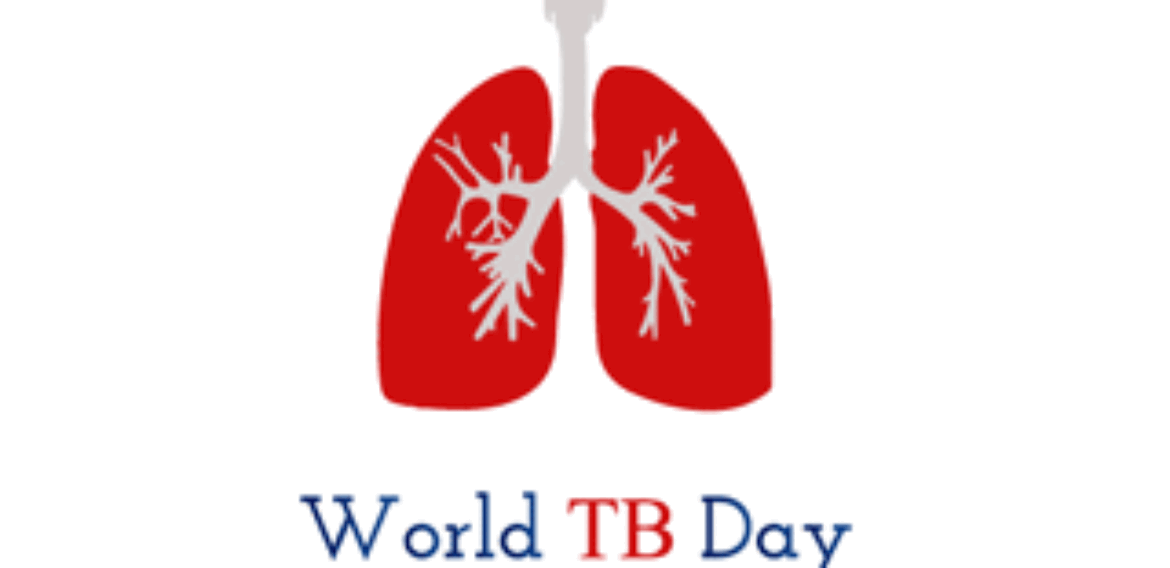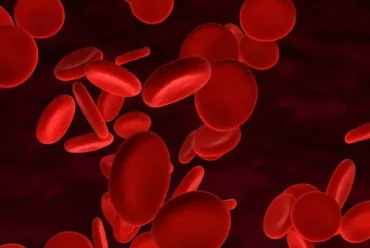WORLD TUBERCULOSIS DAY

WORLD TUBERCULOSIS DAY
World Tuberculosis Day: 24 March, raise public awareness and to step up efforts to end the Global Tuberculosis epidemic.
“Never give up on someone with an illness,When I is replaced by we, Illness becomes wellness”
In majority of the world, TB is not merely taken as a disease, it’s often taken as a “Curse”. A Curse which is not only restricted to the patient, it is also a curse for the family as well. Not only they are taken aback by the harshness of the disease, they also have to face the harshness of the society. Why is it so? Even when we have achieved so much advancement in the field of Science, TB is still considered as a Taboo. Generations and generations have suffered from this disease, yet it still continues to haunt our society till date. There are several reason which trigger TB, and are not only associated with environmental components only. The major reasons as mentioned by many scientific researchers have pointed out are air pollutions, poor health, malnutrition, and excessive smoking and drinking. The continued rise of pollution levels are also one of the major causes of TB. The TB is considered as one of the most incurable disease if not detected or treated within its due course. It is often is taken as a mild cough, which develops into TB and in no time start infecting the lungs. If not detected TB not only damages the lungs, but also start affecting the other vital organs. As per research data, TB is the 13th leading cause of death and the second leading infectious killer after COVID-19 (above HIV/AIDS). In 2020, an estimated 10 million people got infected with tuberculosis (TB) worldwide. Among them 5.6 million men, 3.3 million women and 1.1 million children. The COVID-19 pandemic has reversed years of global progress in tackling tuberculosis and for the first time in over a decade, TB deaths have increased, according to the World Health Organization’s 2021 Global TB report. In 2020, more people died from TB, with far fewer people being diagnosed and treated or provided with TB preventive treatment compared with 2019, and overall spending on essential TB services falling. The first challenge is disruption in access to TB services and a reduction in resources. In many countries medical facilities, financial and other resources have been reallocated from tackling TB to the COVID-19 response, limiting the availability of essential services. The second major challenge is that people have struggled to seek care in the context of lockdowns. This is alarming news that must serve as a global wake-up call to the urgent need for investments and innovation to close the gaps in diagnosis, treatment and care for the millions of people affected by this ancient but preventable and treatable disease.” The increase in the number of TB deaths occurred mainly in the 30 countries with the highest burden of TB. WHO modelling projections suggest the number of people developing TB and dying from the disease could be much higher in 2021 and 2022. WHO estimates that some 4.1 million people currently suffer from TB but have not been diagnosed with the disease or have not officially reported to national authorities. This figure is up from 2.9 million in 2019. The countries that contributed most to the global reduction in TB notifications between 2019 and 2020 were India (41%), Indonesia (14%), the Philippines (12%) and China (8%). These and 12 other countries accounted for 93% of the total global drop in notifications.
Some facts about Tuberculosis
Where did the name tuberculosis come from?
Tuberculosis, of course, gets its name from the Latin word tuber, which is a botanical term for an underground structure consisting of a solid rounded outgrowth of a stem of a more or less rounded form that bears eyes, or buds, from which new plants may arise. The most familiar example is the potato.
What causes of tuberculosis?
Tuberculosis (TB) is caused by a bacterium called Mycobacterium tuberculosis. The bacteria usually attack the lungs, but TB bacteria can attack any part of the body such as the kidney, spine, and brain. The bacteria that cause TB are spread when an infected person coughs or sneezes. Most people infected with the bacteria that cause tuberculosis don’t have symptoms. When symptoms do occur, they usually include a cough (sometimes blood-tinged), weight loss, night sweats and fever. Treatment isn’t always required for those without symptoms. Patients with active symptoms will require a long course of treatment involving multiple antibiotics along with balanced diet and emotional sport.
Symptoms
Although your body can harbor the bacteria that cause tuberculosis, your immune system usually can prevent you from becoming sick. For this reason, doctors make a distinction between:
- Latent TB. You have a TB infection, but the bacteria in your body are inactive and cause no symptoms. Latent TB, also called inactive TB or TB infection, isn’t contagious. Latent TB can turn into active TB, so treatment is important.
- Active TB. Also called TB disease, this condition makes you sick and, in most cases, can spread to others. It can occur weeks or years after infection with the TB bacteria.
Signs and symptoms of active TB include:
- Coughing for three or more weeks
- Coughing up blood or mucus
- Chest pain, or pain with breathing or coughing
- Unintentional weight loss
- Fatigue
- Fever
- Night sweats
- Chills
- Loss of appetite
Tuberculosis can also affect other parts of your body, including the kidneys, spine or brain. When TB occurs outside your lungs, signs and symptoms vary according to the organs involved. For example, tuberculosis of the spine might cause back pain, and tuberculosis in your kidneys might cause blood in your urine.
When to see a doctor
See your doctor if you have a fever, unexplained weight loss, drenching night sweats or a persistent cough. These are often indications of TB but can also result from other conditions. Also, see your doctor if you think you’ve been exposed to TB.
The Centers for Disease Control and Prevention recommends that people who have an increased risk of tuberculosis be screened for latent TB infection. This recommendation includes people who:
- Have HIV/AIDS
- Use IV drugs
- Are in contact with infected people
- Are from a country where TB is common, such as several countries in Latin America, Africa and Asia
- Live or work in areas where TB is common, such as prisons or nursing homes
- Work in health care and treat people with a high risk of TB
- Are children who are exposed to adults at risk of
TB Risk factors
Anyone can get tuberculosis, but certain factors can increase your risk, including:
Weakened immune system
A healthy immune system often successfully fights TB bacteria. However, several conditions and medications can
weaken your immune system, including:
- HIV/AIDS Diabetes
- Severe kidney disease
- . Certain cancers
- . Cancer treatment, such as chemotherapy
- Drugs to prevent rejection of transplanted organs
- Some drugs used to treat rheumatoid arthritis, Crohn’s disease and psoriasis
- Malnutrition or low body weight
- Very young or advanced age
What precautions are used for TB?
Airborne Precautions are used for diseases, because germs are carried in the air by tiny particles (usually dust). These particles may remain in the air for a while depending on the ventilation in the room
Tuberculosis management
Patient is prescribed at least a 6-month course of a combination of antibiotics if diagnosed with active pulmonary TB, where lungs are affected and have symptoms.
The usual treatment is:
- 2 antibiotics (isoniazid and rifampicin) for 6 months
- 2 additional antibiotics (pyrazinamide and ethambutol) for the first 2 months of the 6-month treatment period
It may be several weeks before you start to feel better. The exact length of time will depend on your overall health and the severity of your TB. After taking antibiotics for 2 weeks, most people are no longer infectious and feel better. However, it’s important to continue taking your medicine exactly as prescribed and to complete the whole course of antibiotics. Taking medication for 6 months is the best way to ensure the TB bacteria are killed. If you stop taking your antibiotics before you complete the course or you skip a dose, the TB infection may become resistant to the antibiotics. This is potentially serious because it can be difficult to treat and will require a longer course of treatment with different, and possibly more toxic, therapies. If you find it difficult to take your medicine every day, your treatment team can work with you to find a solution. This may include having regular contact with your treatment team at home, at the treatment clinic, or somewhere else that’s more convenient. If treatment is completed correctly, patient should not need any further checks by a TB specialist afterwards. He may be given advice about spotting signs that the illness has returned,
although this is rare.
Dietary Guidelines:
Adding superior quality protein in the meal plan helps to build a robust immune system, the first-line defense mechanism of the body. Protein deficiency may potentially have a detrimental effect on the body’s ability to combat tuberculosis. Dairy and dairy products, lean meats, pulses, and legumes are some of the complete sources of protein- rich foods, have at least 2-3 serving daily. Whole grain cereals, pulses and sprouted legumes help to meet the demands of dietary fiber, which supports keeping the gut microbiome healthy and eliminates toxins from the diet. Add energy- dense foods like banana, cereal porridge, boiled peanut, sooji upma, dahlia kichadi and sprouted ragi porridge to meet increasing needs of calories for recuperating. Load up with a rich array of fruits and vegetables heaped with antioxidants and vitamins A, C, and E to trigger the immune response and avert free radical’s damage. Get adequate micronutrients like vitamins A, E and D3 and minerals selenium, zinc and iron which are essential for a healthy immune system. Include yellow orange fruits and vegetables like orange, mango, papaya, pumpkin, carrots heaped in vitamin A, while vitamin C needs are met by including citrus fruits and vegetables like capsicum, potato, spinach, winter squash and tomato. Nuts and seeds are heaped with vitamin E. Include green leafy vegetables twice or thrice a week to enrich iron content in the diet. Key micronutrients like selenium and zinc are vital for triggering immune activity. Mushrooms, nuts, and seeds including sunflower seeds, chia seeds, pumpkin seeds, sesame, and flax seeds are rich sources of both selenium and zinc. Prefer a healthy source of unsaturated fats from nuts and seeds. Include oil such as olive oil, coconut oil, groundnut oil, sunflower oil, instead of butter or margarine. Ginger: is found to be effective as an anti- inflammatory and antioxidant supplement along with anti-TB therapy as it possesses strong free radical scavenging property. Onion: Researchers believe the antibacterial properties extracted from the Persian shallot (type of onion) could increase the effects of existing antibiotic treatment. Turmeric: substance called Curcumin in turmeric enhances cellular defense against tuberculosis, according to researchers at National Jewish Health
Foods to Avoid
Limit intake of refined carbs such as Maida and sugar-laden foods as they offer only empty calories devoid of nutrients. Deep-fried foods and junk foods packed with saturated fats and trans-fat would worsen symptoms associated with TB such as diarrhea, abdominal cramps, and fatigue. Totally steer clear of alcohol during the entire period of treatment, as it can interfere with treatment and may result in side effects. Avoid taking excessive caffeine and carbonated beverages.
Conclusion:
Strictly adhering to a healthy diet regimen and following a disciplined lifestyle may help TB patients to convalesce well and improve their overall health status. However, it is important to take TB medications regularly and complete the course of treatment as prescribed by the healthcare provider. Though, initially, tuberculosis medications may cause certain side effects that may lead to nausea, upset tummy or poor appetite, in such situations seek advice from your healthcare provider on ways to manage.
What is the end TB strategy?
The World Health Organization (WHO) End TB Strategy aims to end the global TB epidemic by 2035, reducing global TB incidence and mortality rates by 90% and 95%, respectively, in 2035 when compared to 2015








No Comments